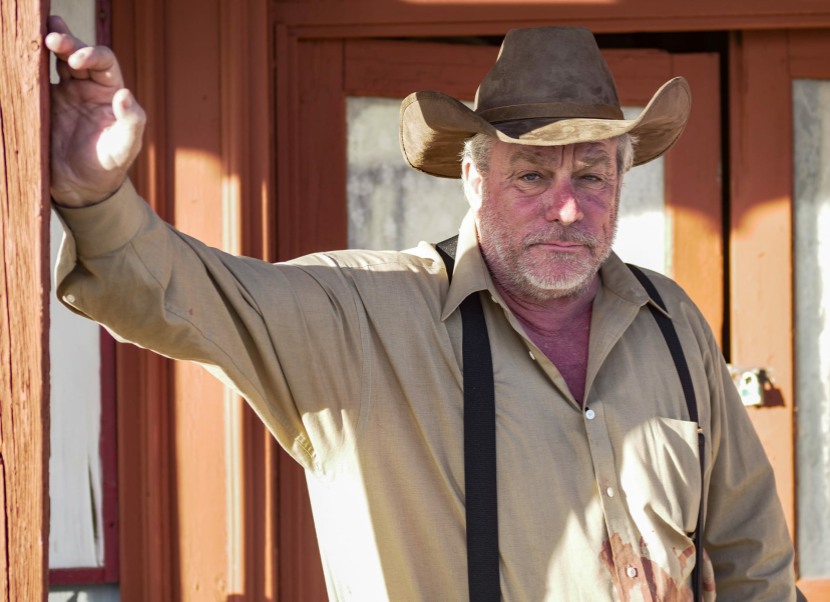Crafting Compelling Stories: The Art of Screenwriting
- byAmbulatorius
- 01 April, 2024
- 05 Comments
- 10 Mins

With the recent ending to the writer's strike, sonetimes I wonder why the production houses gave in. Much of what is written is awful and pointless.
In the realm of storytelling, few mediums wield as much power to captivate audiences as the screen. Whether it’s the big screen of cinema or the small screen of television, the art of screenwriting holds the key to unlocking worlds, emotions, and experiences for viewers worldwide. Crafting a screenplay is more than just putting words on paper; it’s about weaving a tapestry of characters, dialogue, and plot that resonates deeply with the audience. Here’s a glimpse into the intricate art of screenwriting.
1. **Start with a Strong Concept**: Every great screenplay begins with a compelling concept. Whether it’s a high-concept premise or a character-driven story, your idea should have the potential to spark curiosity and intrigue. Consider what makes your story unique and why audiences would want to invest their time in it.
2. **Develop Multi-Dimensional Characters**: Characters are the heart and soul of any screenplay. Aim to create characters that feel like real people with hopes, dreams, flaws, and motivations. Give them depth, complexity, and inner conflicts that drive the narrative forward.
3. **Master the Three-Act Structure**: While there’s room for experimentation, many successful screenplays adhere to the three-act structure. Act One establishes the setting, characters, and conflict. Act Two builds tension and conflict, leading to a climax. Act Three resolves the conflict and provides a satisfying conclusion.
4. **Show, Don’t Tell**: In screenwriting, less is often more. Instead of telling the audience how characters feel or what they’re thinking, show it through actions, dialogue, and visual cues. Use subtext to add layers of meaning to scenes and deepen the audience's engagement.
5. **Craft Memorable Dialogue**: Dialogue is a powerful tool for conveying character, advancing the plot, and revealing emotion. Aim for dialogue that is authentic, concise, and purposeful. Each line should serve a specific function, whether it’s revealing character traits, advancing the story, or adding tension.
6. **Create Visual Storytelling**: Remember that film is a visual medium. Use vivid imagery, symbolism, and visual motifs to enhance the storytelling experience. Think about how each scene can be brought to life through cinematography, lighting, and production design.
7. **Embrace Structure, but Be Flexible**: While structure provides a framework for your screenplay, don’t be afraid to deviate from it if necessary. Sometimes the best ideas come from breaking the rules or taking unexpected detours. Trust your instincts and let the story evolve organically.
8. **Seek Feedback and Revise**: Screenwriting is a collaborative process. Share your work with trusted friends, fellow writers, or industry professionals and welcome their feedback. Be open to constructive criticism and use it to refine your screenplay through multiple drafts.
9. **Study the Masters**: Learn from the greats by studying classic and contemporary screenplays. Analyze what works and why, dissecting the techniques and strategies employed by master storytellers. Every script you read is an opportunity to expand your knowledge and hone your craft.
10. **Persistence is Key**: Finally, remember that success in screenwriting often requires perseverance and resilience. It’s a highly competitive field, and rejection is inevitable. Stay committed to your craft, keep writing, and don’t be discouraged by setbacks. With dedication and determination, your voice will be heard.
I recommend the Save the Cat Series for the Best Guidance
Craig Rainey
In conclusion, screenwriting is both an art and a craft, requiring creativity, skill, and discipline. Whether you’re a seasoned professional or a novice writer, the journey of crafting a screenplay is as rewarding as it is challenging. By mastering the fundamentals, embracing creativity, and staying true to your vision, you can create stories that resonate with audiences and stand the test of time. So, grab your laptop, unleash your imagination, and let the magic of screenwriting begin.

Craig Rainey's screenplays have won numerous awards
Advice: Don't write for word count, to bang a social drum, or to educate your audience on a new way to watch a film. Remember that your ultimate goal is to write a movie people want to watch.
- Screenplay
- Screenwriting
- Movie Scripts
Latest Articles
Daily Newsletter
Get all the top stories from Blogs to keep track.









Post a comment